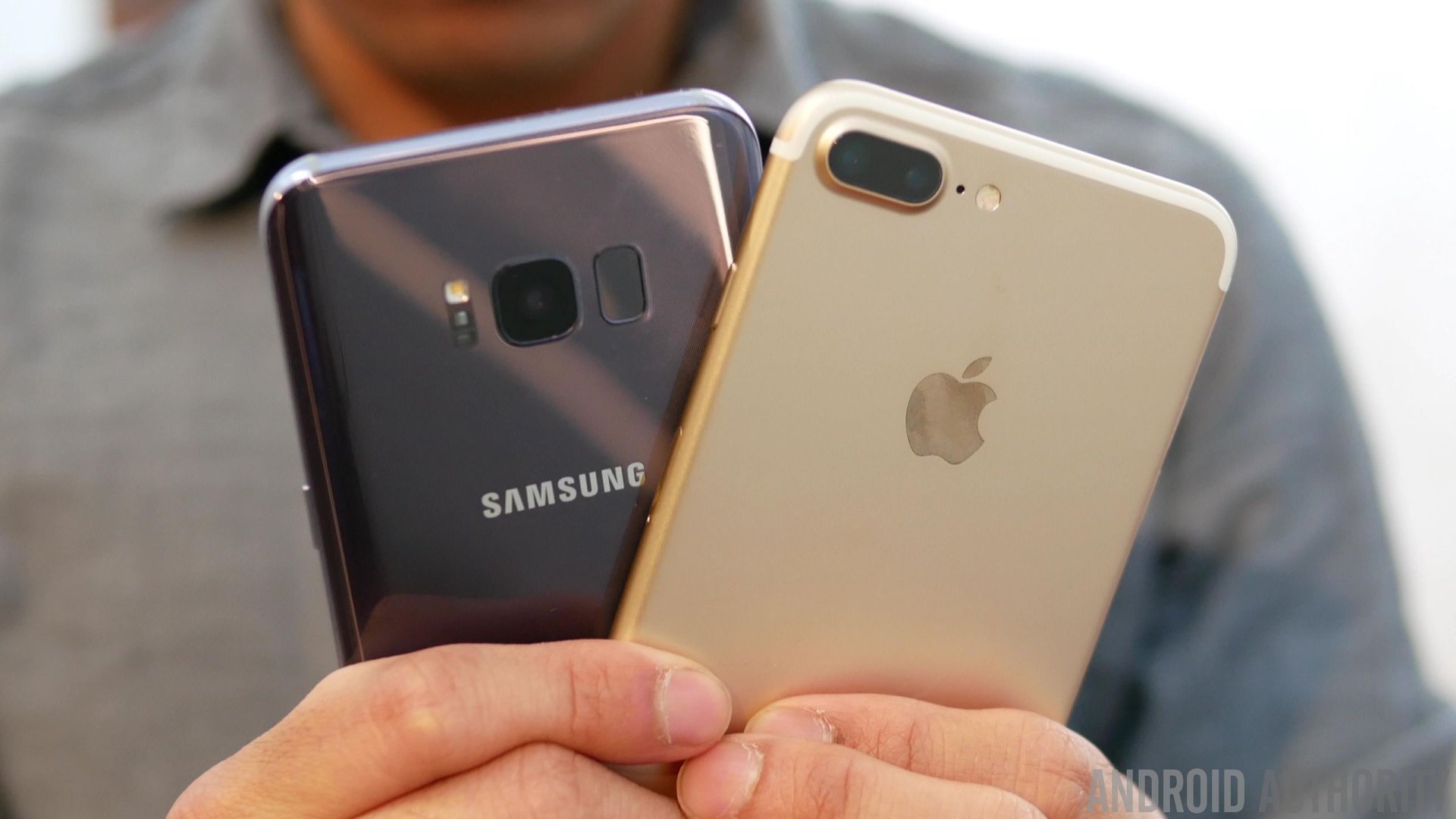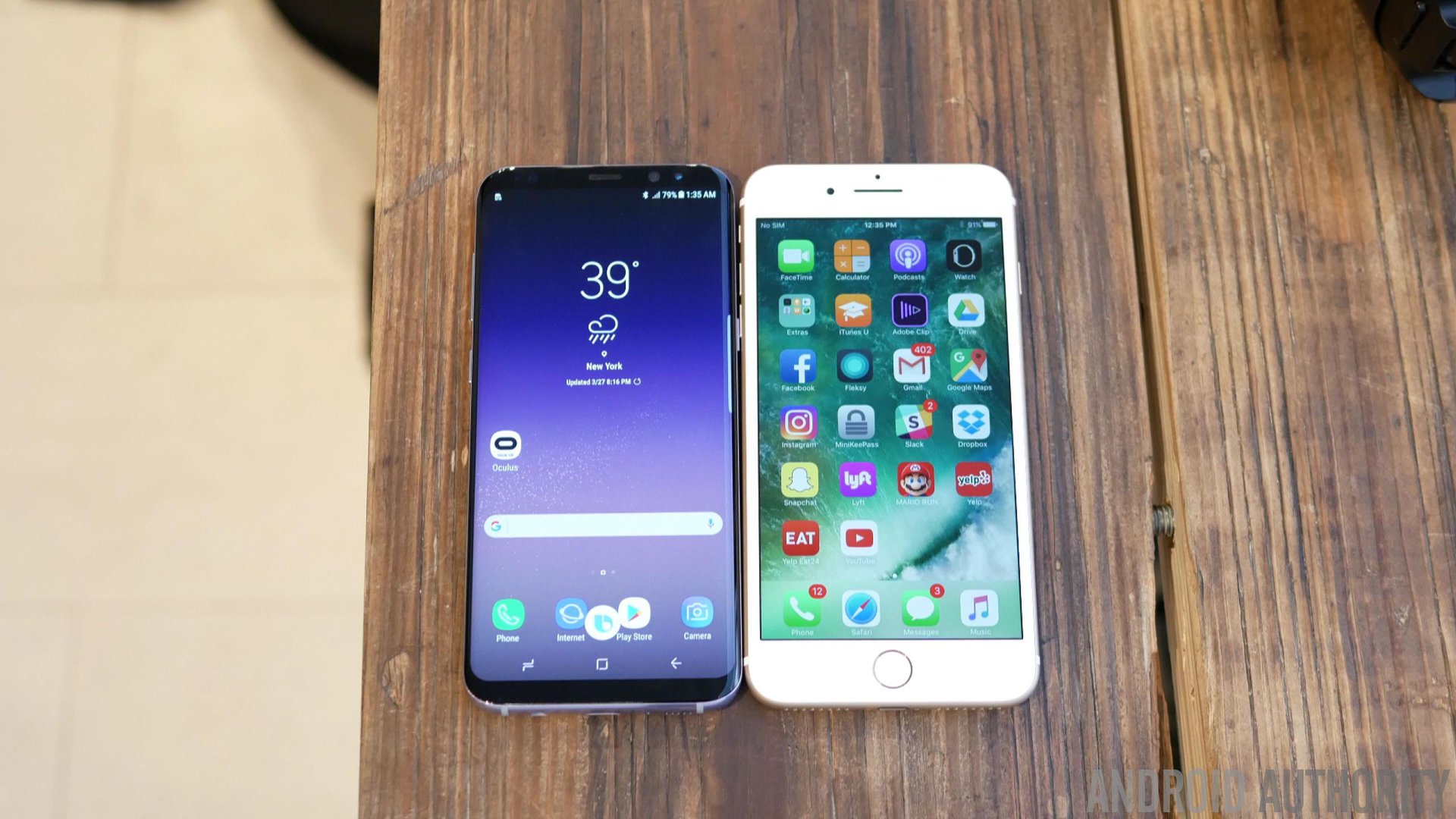Affiliate links on Android Authority may earn us a commission. Learn more.
Here's how much Samsung will earn from each iPhone X
Published onOctober 2, 2017

Samsung‘s success as a component supplier is well-known. Revenues from its Display and Semiconductor businesses have represented an increasingly significant portion of its overall income in recent years. This is thanks in part to Samsung’s partnerships with other smartphone manufacturers, including Apple, one of the world’s biggest.
It may come as no surprise, then, that a recent report has suggested that Samsung has much to gain from the Apple iPhone X’s success, and that its sales could lead to big bucks for the South Korean manufacturer.

The news arrives from The Wall Street Journal, based on analysis by Counterpoint Market Research, and sheds some light on the complex business relationship that exists between Apple and Samsung. Apple has previously sued Samsung and been engaged in a lengthy legal battle with the company while continuing to conduct business with it.
The analysis comprises component sales from Samsung Electronics, in addition to two Samsung affiliate companies producing batteries and capacitors, based on estimates from a “projected bill of materials.” And they would predict that Samsung could earn more in total revenue from the iPhone X displays and chips than from these components in its own Galaxy S8.
“Counterpoint expects Apple will sell 130 million iPhone X units, earning Samsung $110 on each through the summer of 2019, while Galaxy S8’s global sales are expected to be 50 million, earning Samsung $202 each from components such as displays and chips in its first 20 months of sales,” wrote The Wall Street Journal, in an article published earlier today.
Counterpoint suggests that Samsung stands to earn “$4 billion more in revenue making parts for the iPhone X” than for its Galaxy S8 handset in the first 20 months, totaling $14.3 billion from iPhone X sales, and $10.1 billion from estimated Galaxy S8 sales.
Why Samsung has an opportunity to earn so much from Apple’s iPhone X smartphone, in particular, is likely due to its usage of a curved AMOLED display. Apple’s previous iPhones, and indeed the regular iPhone 8 series this year, make use of IPS LCD display tech. As Apple wanted to utilize a curved display for its “flagship” iPhone product this year, it had to employ LED panels (curved LCD display tech is yet to hit smartphones); Samsung might just be the only supplier of high-quality mobile OLED displays capable of meeting Apple’s huge unit demands.

Last year, Samsung’s Semiconductor and Display businesses brought in more than 78 trillion won of its 201 trillion won total Samsung Electronics sales, and accounted for more than half of its total operating profit. These are key parts of Samsung’s business, and the company is going to need to work hard to maintain Apple’s continued reliance on it.
Samsung is already said to be building the world’s largest OLED factory, which may help its efforts, but other companies are no doubt aware of the opportunity there: Apple would probably prefer not to be doing this kind of business with its main rival, and that could lead to a whopping components contract for someone else (some Chinese firms are already said to be making a play in this regard — more on that at the previous link).
What are your thoughts on the Apple and Samsung relationship? Let us know in the comments.